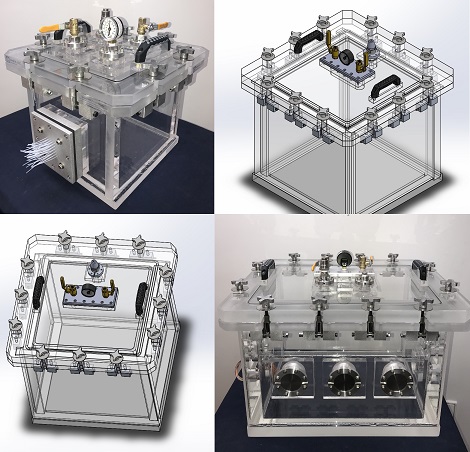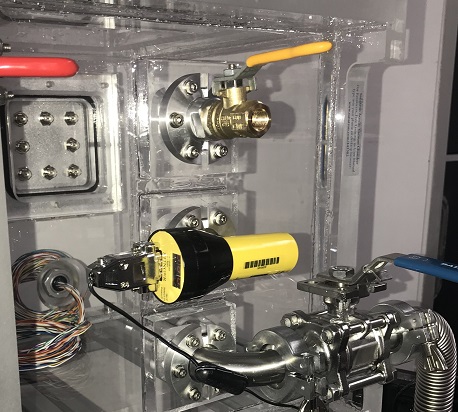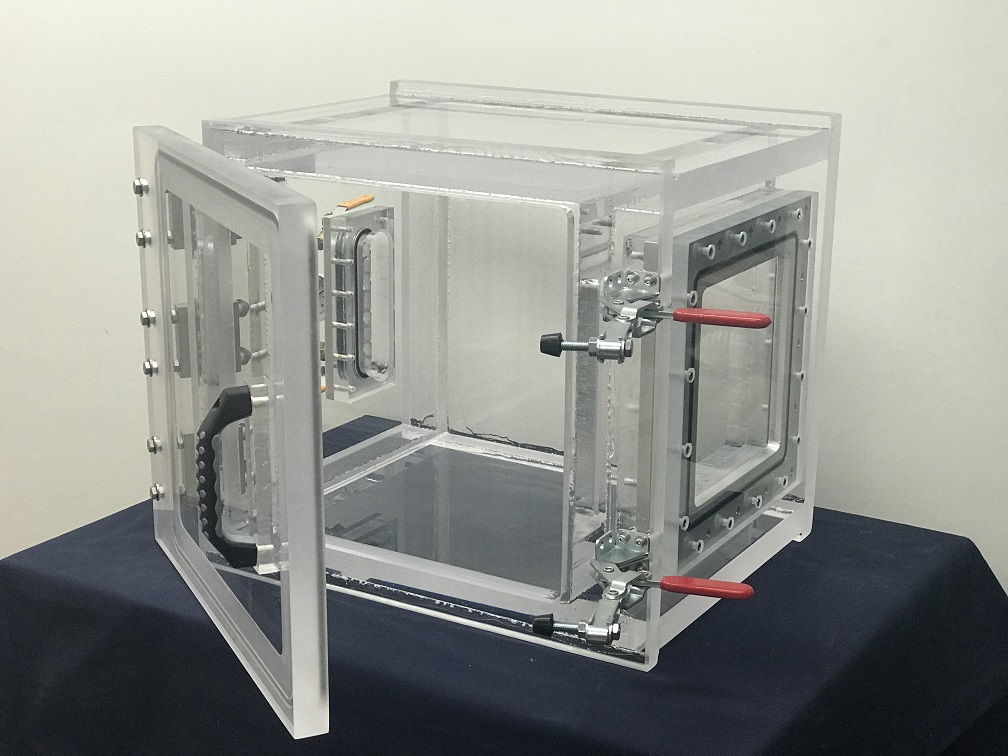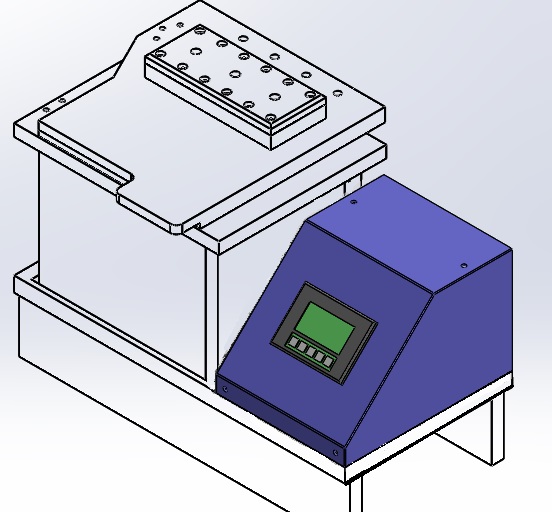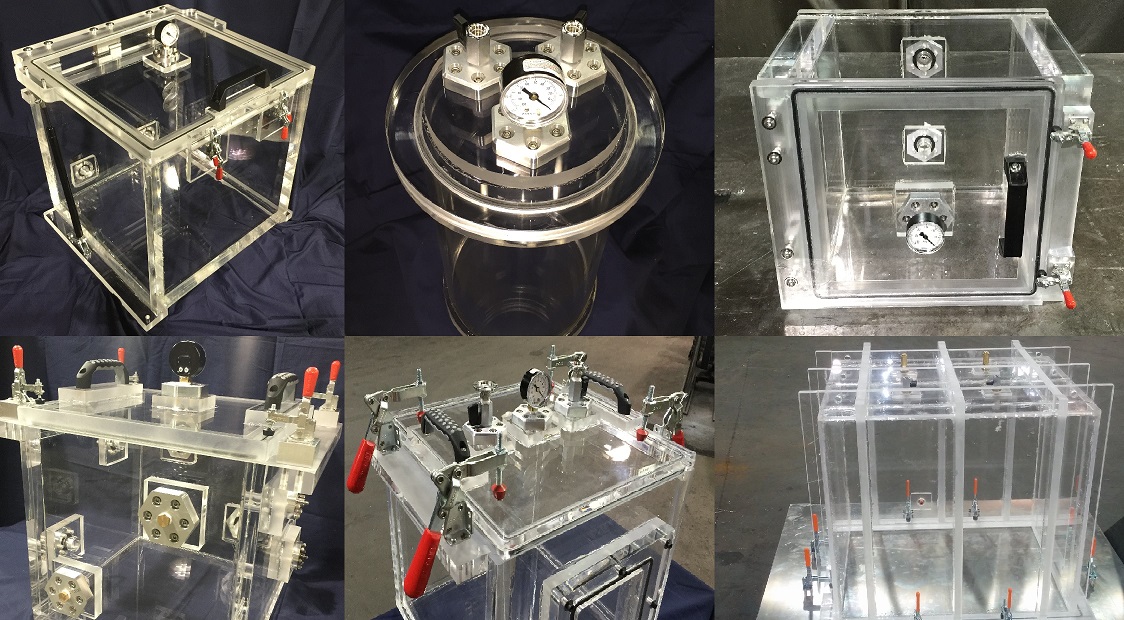Pressure Decay Leak Testing of Valves
A pressure decay leak test is a test which observes a drop in pressure over a specified time to determine if a leak is present. The main advantage of the pressure decay leak test is that it is an objective test. An operator connects the test part to the pressure decay leak tester, presses the start button, and waits for the test to complete and output the test results.
The way a pressure decay leak test works is by filling the test part with pressurized air. After the pressure setpoint has reached, the test valve of the pressure decay leak tester will close. The setpoint pressure is determined by the part. This is something that has to be figured out through some initial testing. Too little pressure and the test results may not be as sensitive because pressure is correlated to detectability, too much pressure and you risk damaging the test part. In our experience, we have seen pressures as little as 1 psi to as high as 250psi. It is recommended to start with lower pressures and work your way up to higher pressure before this test procedure is standardized and moved onto the production or quality assurance. After the test valve has closed, the air inside the test part will settle. The Pressure Decay Leak Testing Instrument will continuously monitor the pressure inside the part during the whole test. If a leak is present, the Pressure Decay Instrument will detect this in the form of decrease in pressure. If the pressure inside the test part falls below the pressure setpoint, the result will be a “FAIL” and output on the HMI Screen. If on the other hand, the pressure stays above the pressure setpoint, the results will be a “PASS” and shown on the HMI Screen. How much of a pressure drop is considered a passing part must also be determined prior to standardizing this test.
A valve manufacturer reached out to us because they needed an objective test to test the closure quality of their valves. Their test was simple, they needed to close the valve and determine if the pressure drop across the valve was zero over the course of 3 minutes. Their acceptable pressure drop was less than 0.1 psi at a pressure of 125 psi. We made them a test jig where they placed the valve into the test fixture, clamped it closed, pressed the START button, and in 3 minutes they had an answer. In order to increase the test sensitivity, and to give us the best signal-to-noise ratio, we had to make sure that the testing volume of the valve was as small as possible. This was done be decreasing the distance of the airline and by directly connecting to the valve which minimized all the head space of the air testing line. If you are looking to perform a pressure decay leak test. Contact us to see how we can help.
Did you know that we carry a many more products?
We make Robustly Designed and Quality Engineered Systems. There is a tremendous amount of valuable resources and information regarding vacuum systems and vacuum technology; check them out by clicking on the links below.
Complete List of Articles Related to Acrylic Vacuum Chambers

